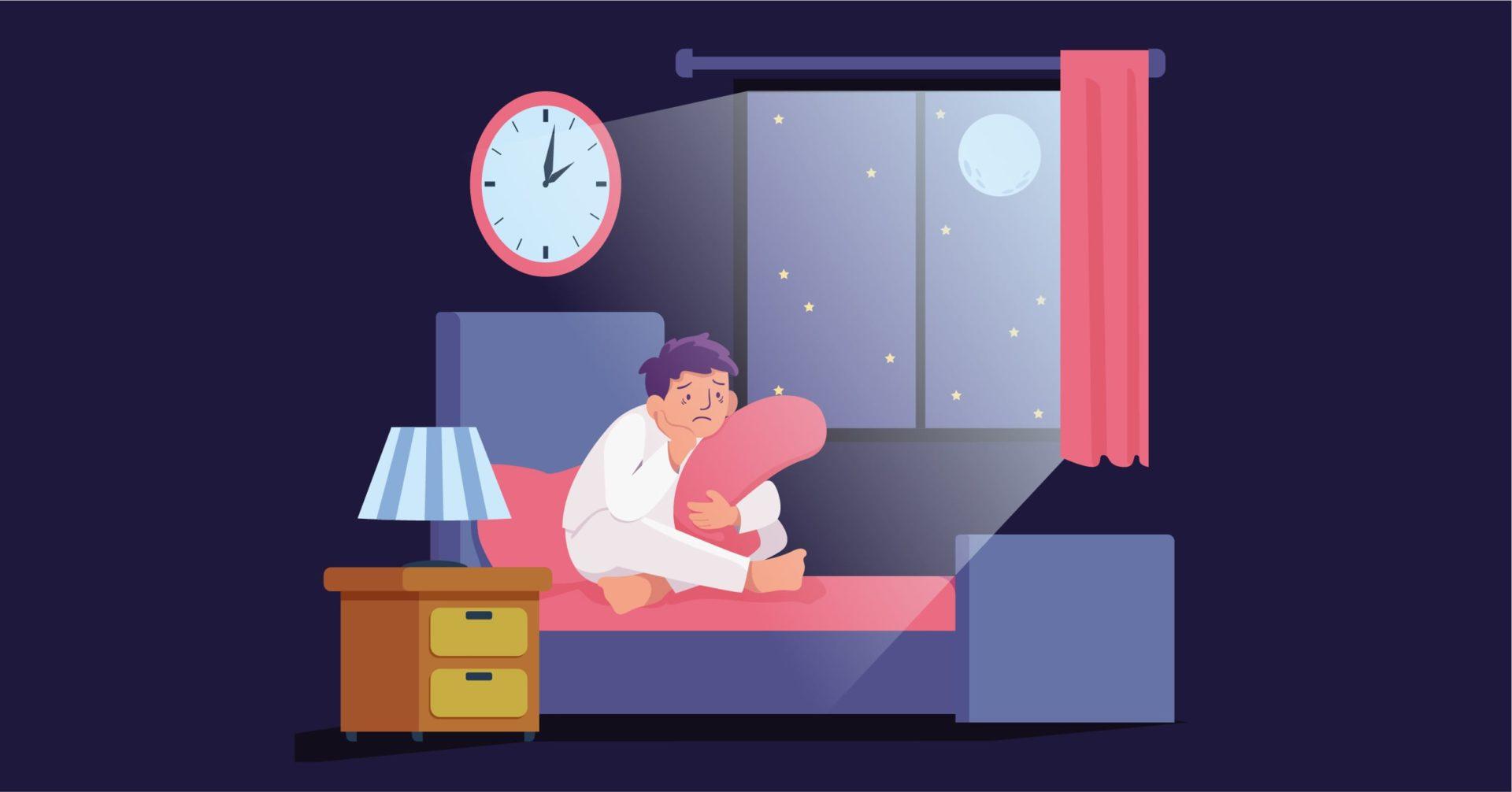Overview
Transvestic Disorder comprises sexual arousal by wearing the other gender clothing and cross dressing. The thoughts are often accompanied by sexual excitement. Some people feel guilty and ashamed about their urges.
Transvestic Interest is different from transvestic disorder. When the urges, thoughts and fantasies do not result in psychosocial distress for the person nor do they act on these urges then they qualify for transvestic interest.
This disorder is almost found only in men. It’s rare and the arousal may be the result of wearing only undergarments or also outer clothing and wigs and make up too. Younger males often cross dress which leads to the urge to masturbate and then they take the clothing off.
Older males tend to avoid masturbation to prolong their crossdressing session. Individuals may also exclusively cross-dress during their encounters with their partners.
This is different from people who have gender dysphoria and cross dress to feel more one with their gender. Mostly, men with this disorder are heterosexual and harbour resentment towards themselves for being sexually aroused with cross dressing.
Several theories have been explored to identify a causal mechanism for Transvestic Disorder. But there is little empirical evidence for the same. Psychodynamic theory was one of the earlier approaches to studying this disorder.
It linked castration anxiety to be the cause of transvestic desires. It stems from anxiety about loss of their penis and to suppress this anxiety or as a way to accept it, transvestism registers itself. Psychologists have moved past this approach a long time ago.
Some theories link classical conditioning with transvestism. It suggests that there has been repeated exposure with accidental pairing of cross dressing and sexually arousing stimuli which conditions the person to feel aroused with cross dressing. Some theories also suggest childhood sexual abuse or family orientation, etc to be the cause of transvestism. However, empirical evidence supporting any of the theories is very little.
The course of this disorder may wax and wane over time. Individuals may be quite aroused in early adulthood and adolescence. But as they grow older, it may be episodic.In some cases, it may lead to gender dysphoria and the sexual arousal itself may reduce.
In others, it may wane when the person is newly involved in a heterosexual relationship, but the urges may return over time. This may cause distress and friction in the relationship. It is increasingly troublesome for men who wish to maintain conventional partnerships and relationships with women.
DSM-5 notes two specifiers, fetishism and autogynephilia. Fetishism is involved with exclusive sexual arousal from wearing certain types of clothing. Autogynephilia is more oriented towards exploring and being aroused from accepting gender roles. Fetishism decreases gender dysphoria while autogynephilia might increase it.
Common Signs and Symptoms
Signs and symptoms include:
- Common Signs and Symptoms include sexual urges, thoughts or fantasies to engage in cross dressing and feeling sexually aroused by it.
- This behaviour may cause psychosocial distress in the form of discomfort, guilt, shame, feelings of isolation, sexual frustration, etc.
- The person has acted on these urges and fantasies which often leads to masturbation or sexual activities.
Risk Factors
There are no established risk factors for this disorder. Although some papers do speak about childhood sexual abuse and presence of other paraphilias. However, there are no conclusive studies reporting the same.
Diagnosis
A detailed clinical history is mandatory before diagnosis. Assessment usually consists of a detailed history of the client’s sexual life, relationship with family, medical history, education, substance abuse, history of sexual, physical or psychological abuse, etc.
It is best to thoroughly investigate if there is a presence of sexual arousal with cross dressing. Absence of sexual arousal is often an indication of transexualism, transgenderism or gender dysphoria which needs to be explored.
Personality assessments such as Minnesota Multiphasic Personality Inventory (MMPI) may be given to assess personality related factors and differences.
To be diagnosed with Transvestic disorder, following criteria must be met:
- Over the past six months, there are recurrent sexual urges, fantasies and behaviour of cross dressing which results in significant sexual arousal.
- The fantasies, sexual urges, or behaviors cause clinically significant distress or impairment in social, occupational, or other important areas of life.
Psychologists are to specify if there is a presence of fetishism or autogynephilia.
Treatment
There is little to no treatment empirically evidenced to help people manage Transvestic Disorder. The treatment options are sparse.
Few case studies that have been reported used medications such as buspirone, Selective Serotonin Reuptake Inhibitors (SSRIs), lithium and diethylstilbestrol. However, the case studies illustrating the effects of lithium and diethylstilbestrol had people with other comorbidities.
Scientific reviews suggest getting psychotherapy or joining societies or self- help support groups. It also suggests the use of relapse prevention, harm reduction, dialectical behavior therapy, and functional analytic psychotherapy.
Relapse prevention focuses on identifying triggers and learning to manage them. However, very few differences have been found between treated and untreated individuals. DBT focuses on using mindfulness practices to accept and then overtime learn to manage emotions and responses. However, none of these therapy modules are supported empirically.
A case report from Taiwan reports use of Cognitive Behaviour Therapy and supportive psychotherapy in an adolescent with transvestic fetishism. He showed significant reduction in arousing fantasies after 4 months of treatment.
Differential Diagnosis
1. Fetishistic disorder: This disorder may resemble transvestic disorder, in particular, in men with fetishism who put on women’s undergarments while masturbating with them. Distinguishing transvestic disorder depends on the individual’s specific thoughts during such activity and on the presence of other fetishes.
2. Gender dysphoria: Individuals with the transvestic disorder do not report confusion between their experienced gender and assigned gender nor a desire to be of the other gender; and they typically do not have a history of childhood cross-gender behaviors, which are present in individuals with gender dysphoria.
Comorbidity
Transvestism is often found in association with other paraphilias. The most frequently co-occurring paraphilias are fetishism and masochism.
Specialists
Psychiatrists are often approached for medication while Psychologists help with psychotherapy.




